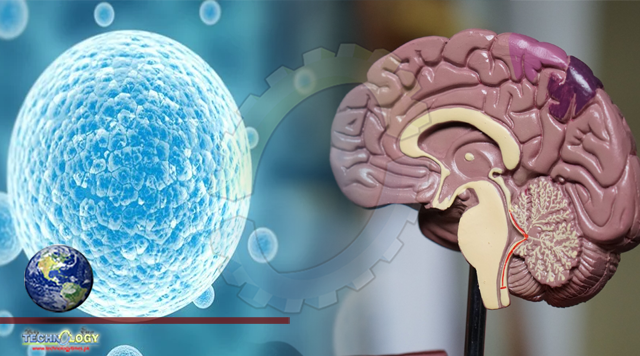If we can work out how to apply this to cancer cells too, we could get to the stage of being able to put brain tumor to ‘sleep’.

By DAVID NIELD
The human body contains hundreds of different types of cells, with stem cells working like blank canvases that can be adapted and reproduced to help our tissues grow and repair themselves. However, once hijacked, the same kind of cell proliferation can be damaging, as happens in cancer tumor.
Scientists have now discovered a new resting phase for neuroepithelial cells – the stem cells of the central nervous system – which appears to put them in a kind of dormancy. If we can work out how to apply this to cancer cells too, we could get to the stage of being able to put brain tumors to ‘sleep’.
“The primary feature of any cancer is that the cells are proliferating,” says biomedical engineer Christopher Plaisier, from Arizona State University. “If we could get in there and figure out what the mechanisms are, that might be a place to slow them down.”
As a specific treatment that’s still a way off, but the researchers say that the newly identified resting phase gives us a much better understanding of how these stem cells work. The phase, named Neural G0, was discovered as part of an investigation into how stem cell growth in the brain could fight neurodegenerative diseases.
“In cases where you have neurodegeneration, having stem cells that proliferate is potentially beneficial. The one problem with that is it’s also similar to what happens when cancer cells increase rapidly. It’s two sides of the same coin,” adds Plaisier.
There are four main phases in the lives of the cells in our bodies: G1 (growing, although the ‘g’ stands for ‘gap’), S (copying genetic material from the nucleus), G2 (growing again), and M (dividing into two new cells). After G1, many cells take a detour into a sleep-like state called G0, where cells are either dormant or in no rush to start dividing.
The newly identified Neural G0 state has features specific to neuroepithelial cells, and is “characterized by up-regulation of genes with key roles in neural development”, the team writes in the study.
In the case of brain cancer, mutations can cause cells to break out of G0 mode, spreading very quickly as a result. Glioma brain tumors, for example, happen when neuroepithelial cells enter the growth and division phases at higher rates than normal; understanding how these phases work could be crucial in tackling tumors.
“Neural G0 cell populations and gene expression are significantly associated with less aggressive tumors and extended patient survival for gliomas,” the team writes.
Researchers already use neural network tools called classifiers to match cells to phases based on their RNA information, and here the team developed a new classifier, almost like seeing the cell phases in higher resolution for the first time.
Rather than analyzing actual cells, the new classifier crunches the numbers on existing cell data, which means it’s more straightforward to use.
“We were able to pick out phases that are glommed together in the other cell cycle classifiers,” says Plaisier. “That potentially has several different uses.”
The team then used their ccAF (cell cycle ASU/Fred Hutchinson) tool to look at glioma tumor data, finding that the brain tumor cells were often either in the Neural G0 or G1 state. The more aggressive tumors had fewer cells chilling out at the Neural G0 level, perhaps pointing to one future avenue to explore in terms of treatments.
Current cancer treatments focus on killing cancer cells, which can cause the remaining parts of a brain tumor to become more resistant to drugs. If relevant cells could somehow be put into Neural G0 sleep instead, that could mean less aggressive tumor spread.
The next step is to look at which genes are responsible for pushing cells into this sleeping or quiescent state, in the hope that scientists can figure out the mechanism and make use of it. In the meantime, ccAF is being made open source for anyone to use, and may well have more cell cycle phases to discover yet.
“The cell cycle is such a well-studied thing, and yet here we are looking at it again for the umpteenth time and a new phase pops out at us,”
Originally published at Science alert